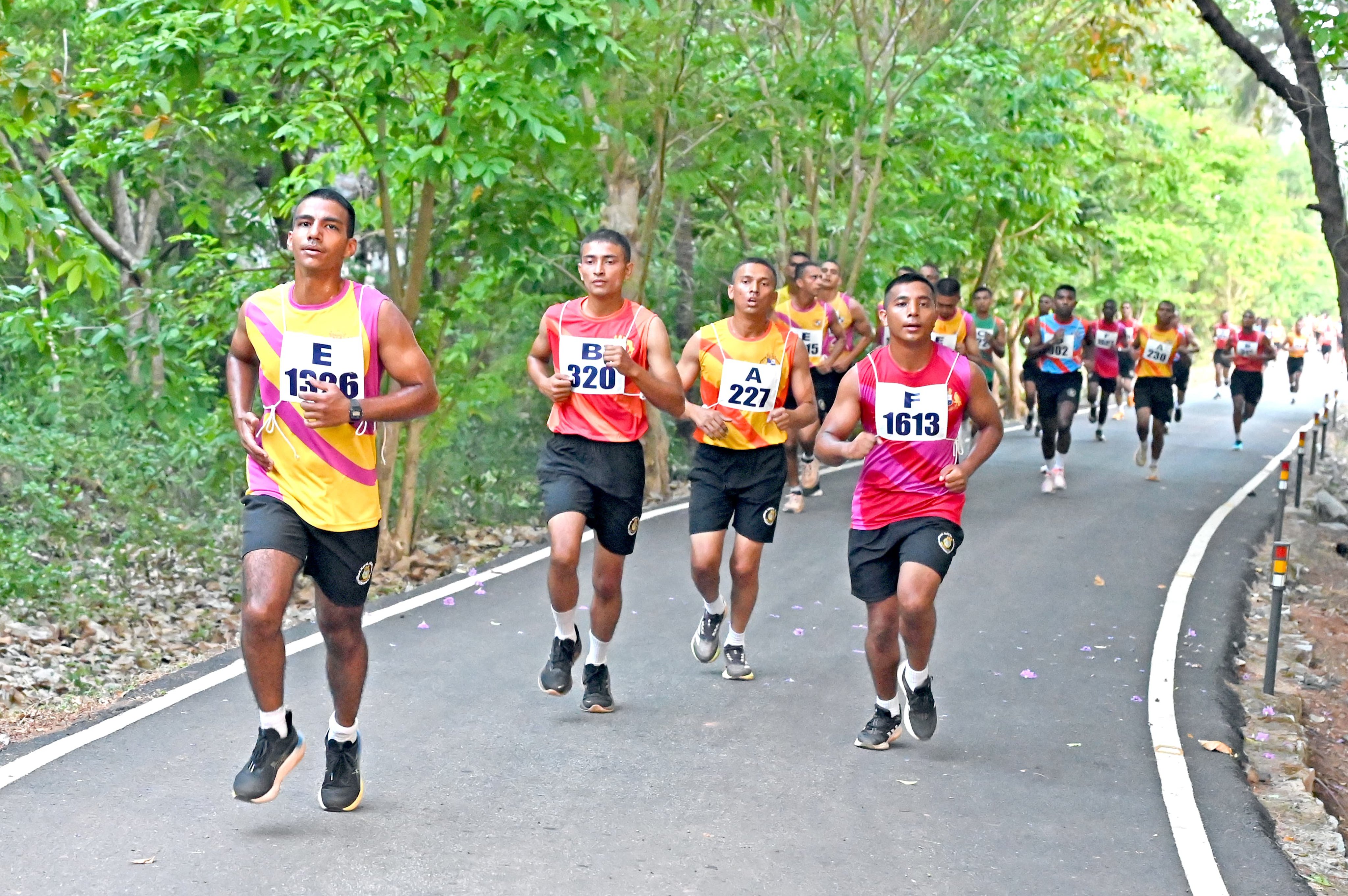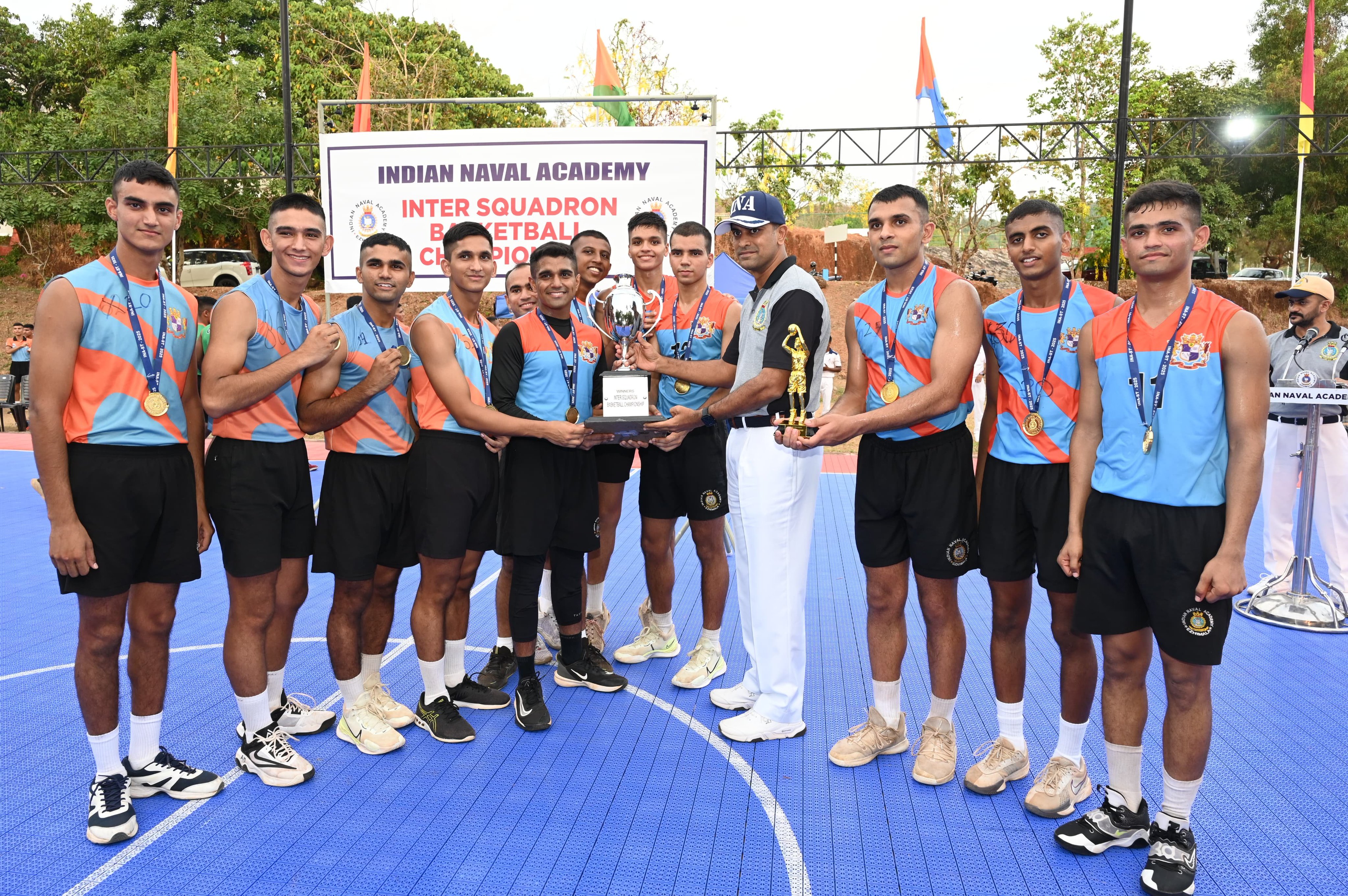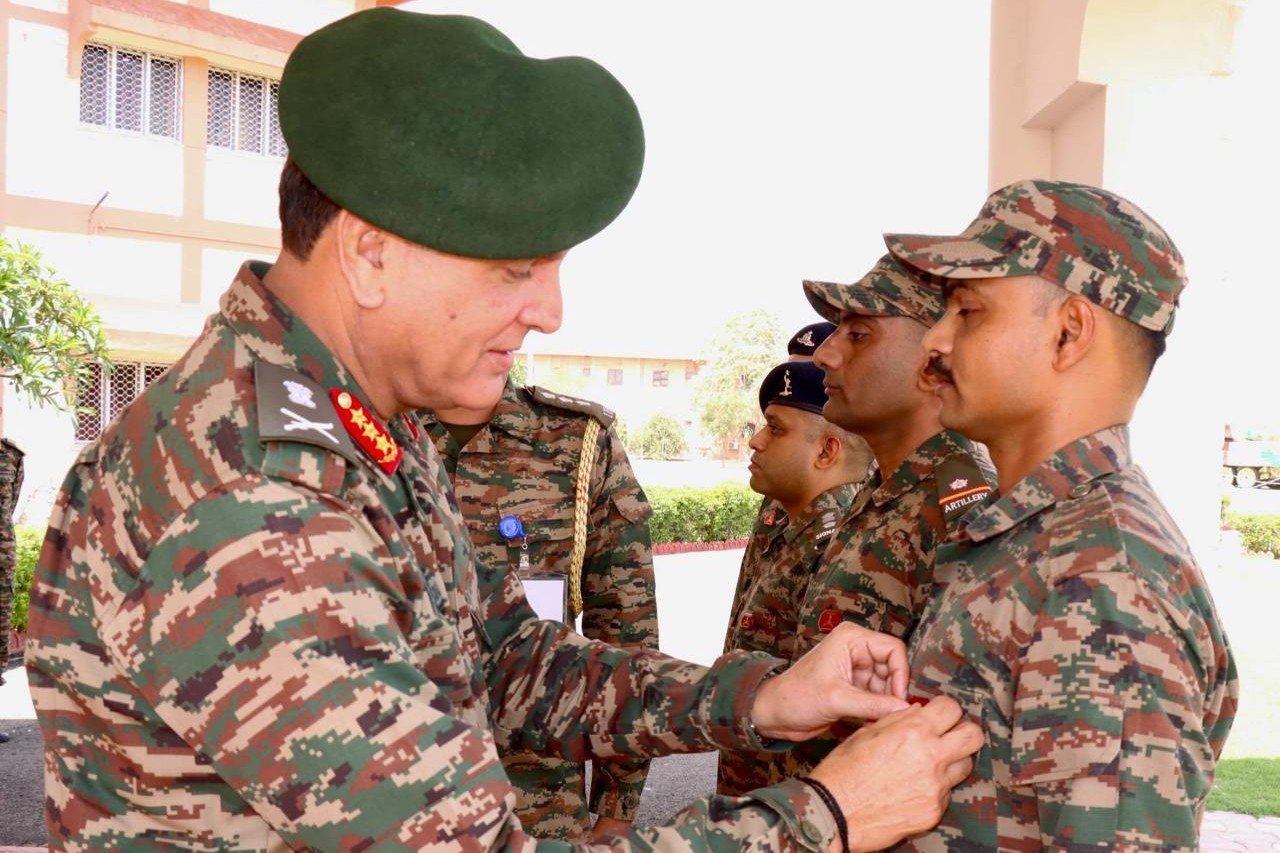In a significant advancement for prosthetic technology, Goa-based engineer Gurvinder Singh has developed the Phoenix Foot, an innovative prosthetic designed to provide ankle mobility to amputees. This project was inspired by Singh’s personal experience, as his father underwent a foot amputation due to an infection, leading to mobility challenges. The Phoenix Foot was created in collaboration with the Indian Army’s Pune-based Artificial Limb Centre (ALC) and is poised to support high-activity levels for users. Following successful trials at ALC, the prosthetic is now ready for wider distribution.
The unveiling of the Phoenix Foot occurred during Inno-Yoddha 2024-25, an Idea and Innovation Seminar organized by the Indian Army’s Design Bureau. Singh expressed the vision behind his design: “After my father’s foot was amputated due to an infection, he struggled with mobility. This inspired me to design Phoenix with the ALC team. Today, he walks 8,000–10,000 steps daily with ease.”
This endeavor aims to tackle the scarcity of affordable, high-quality prosthetic options in India. Priced at approximately ₹20,000, the Phoenix Foot offers a customizable solution meant to meet international standards. The development team emphasized the market dynamics for foot prosthetics, noting that high costs are primarily due to a limited number of private players dominating the niche market. “Phoenix changes that equation,” they stated.
At the same event, innovative projects from various military personnel were showcased. Captain Rashika from the Corps of Electronics and Mechanical Engineers introduced an indigenously designed drone that has been successfully tested at altitudes of 14,000 feet. This low-maintenance quadcopter is equipped for live data transmission, precise maneuverability, automated payload deployment, and even fire support for ground troops. Rashika referred to it as a cost-effective solution for surveillance and augmenting soldier capabilities during operational training.
Responding to the tragic Sikkim floods of 2023, Lt Col Vinayak Rawool and Hav Suresh PK from the Corps of Engineers developed a solar-powered flood warning system. This eco-friendly device features a microcontroller, GSM module, and UV sensor, employing SONAR principles to monitor water levels and send SMS alerts for timely disaster responses. Lt Col Rawool noted, “The system is eco-friendly and offers early warnings that can save lives and property.”
Additionally, Major RS Bhatia, Major Jai Upadhyaya, and Naib Subedar VK Swamy presented Pratilekh, an AI-powered tool that provides offline transcription for military meetings. This tool is designed with data security in mind and offers real-time transcriptions with outputs customizable for military-specific contexts.
Another notable display was the Baaz Attack Drone, an advanced multi-weapon platform developed by Colonel Vikas Chaturvedi. The Baaz features a unique ‘H’ configuration that allows it to fire rocket launchers while minimizing the effects of backblast, with capabilities including the deployment of small arms, automatic grenade launchers, and the dropping of mortar bombs on specified targets. Col Chaturvedi highlighted its operational versatility, indicating that it can function both autonomously and via manual control through a handheld device. The drone has a range of 10 kilometers, extendable to 20 kilometers, a top speed of 12 meters per second, and an endurance of up to 40 minutes. Furthermore, it can carry payloads of up to 80 kilograms, reinforcing its potential as a formidable asset in modern warfare.
Together, these innovations reflect a commitment to advancing military technology and enhancing the lives of individuals with disabilities through thoughtful engineering and design.













